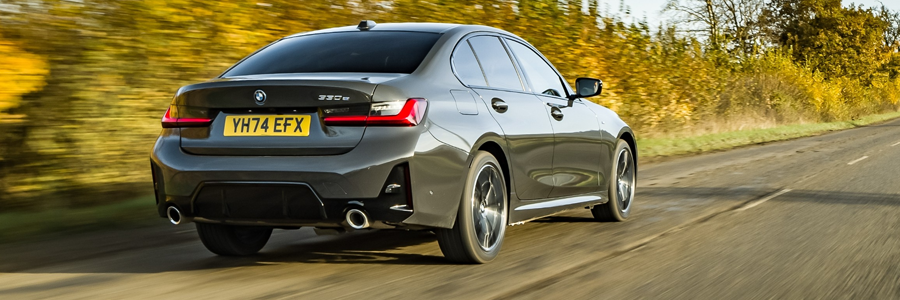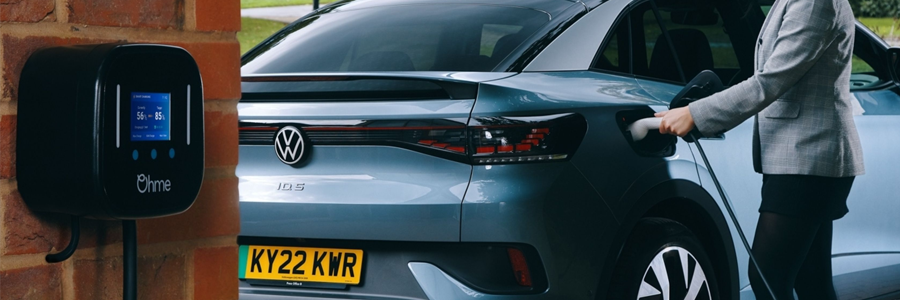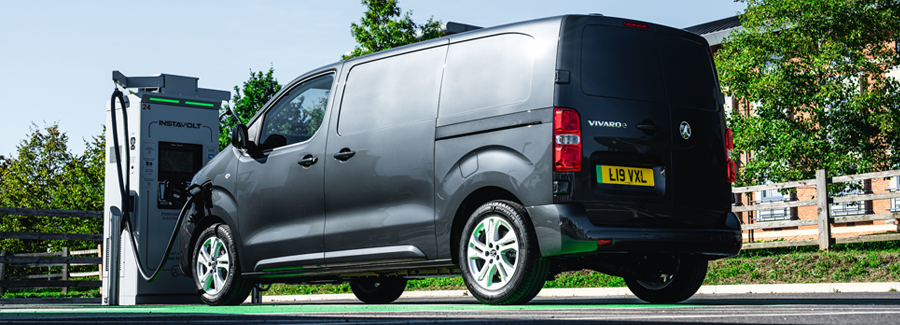
Plug-in hybrids given window of low tax opportunity
Published 11th June 2025
Plug-in hybrid cars can still be effective company cars, following the recent announcement by the Government to provide a relaxation to the ZEV Mandate.
The relaxation includes the provision for petrol plug-in hybrids and hybrid vehicles to continue on sale until 2035.
Plug-in hybrid cars use a larger battery in conjunction with a petrol or diesel engine and are capable of driving often more than 60 miles in zero emission mode.
“The relaxation to allow plug-in hybrid vehicles to remain on sale until 2035 is really good news for drivers that are perhaps nervous of switching to a fully electric vehicle,” said Rob Marshall, Operations Director of Gateway2Lease.
“Plug-in hybrids certainly offer a bridge to fully electric, providing electric motoring with the back up of a conventional combustion engine. But for company car drivers, the window of low tax opportunity is a limited one.
While the cars can now remain on sale until 2035, the Government’s tax treatment effectively rules them out in under three years’ time.”
The tax treatment of plug-in hybrids
For benefit in kind purposes, plug-in hybrid cars are treated differently depending on the CO2 emissions and how far they can run in zero emission only mode.
The further they can travel in zero emission mode, and the lower the CO2 emissions, then the lower the level of taxation banding.
But from the 2028/29 tax year, the rate at which plug-in hybrids are taxed rises alarmingly, as you can see in the table below.
Company Car Tax Table 2025/26 to 2029/30
| CO2 (g/km) | Electric range in miles | 2025/26 % tax rate | 2026/27 % tax rate | 2027/28 % tax rate | 2028/29 % tax rate | 2029/30 % tax rate |
|---|---|---|---|---|---|---|
| 0 | - | 3 | 4 | 5 | 7 | 9 |
| 1-50 | >130 | 3 | 4 | 5 | 18 | 19 |
| 1-50 | 70-129 | 6 | 7 | 8 | 18 | 19 |
| 1-50 | 40-69 | 9 | 10 | 11 | 18 | 19 |
| 1-50 | 30-39 | 13 | 14 | 15 | 18 | 19 |
| 1-50 | <30 | 15 | 16 | 17 | 18 | 19 |
On a popular fleet car such as the BMW 330e plug-in hybrid, the percentage banding leaps from 5% to 18% in 2028/29, which means the 40% company car driver would pay tax of £8,672 per annum, equivalent to a 309% increase.
“It’s important that drivers and fleet managers understand the potential tax implications of choosing a plug-in hybrid car. We would recommend that the term of the lease from Gateway2Lease does not go beyond March 2028 to avoid substantial increases in company car tax and, for the employer, a significant rise in National Insurance,” added Marshall.



